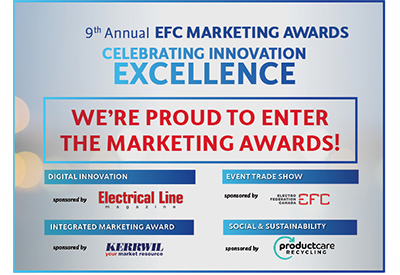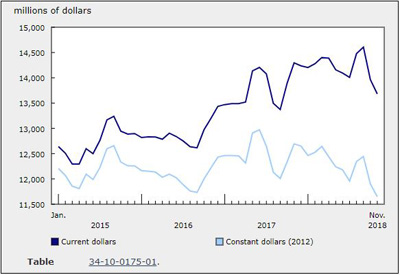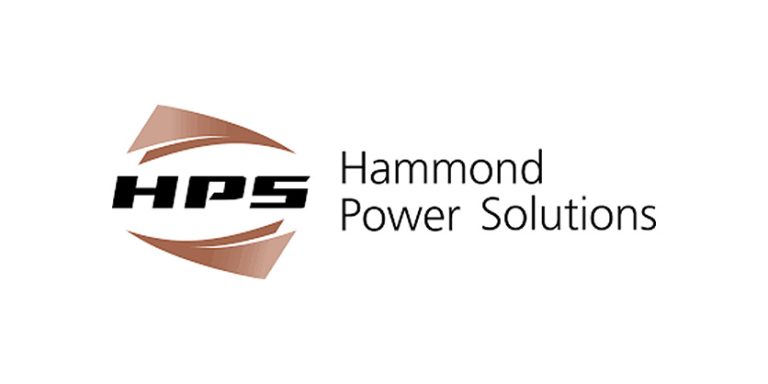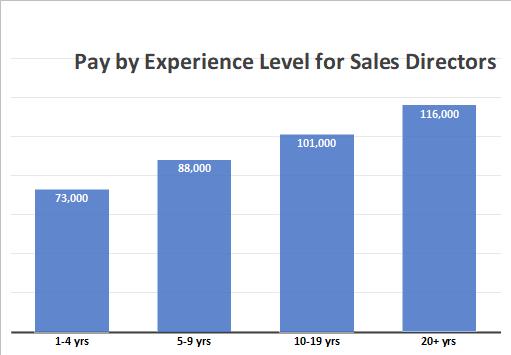Optimizing the Customer Experience: Design, Usability, Search

February 22, 2018
By Caroline Ernst
Building a simple customer experience that satisfies your customers’ expectations is a starting point (or evolution) in your digital journey. You might be asking yourself, “How do I know what my customer wants?” The data are available from their behaviour online, and many of your customers will tell you what they want. Putting the pieces together can appear complex, but it can be simplified if you segment the optimization of your customers’ experience into three buckets: design, usability and search.
Design, usability, and search pertain to how you can serve your customer. In order for your website to create value in the eyes of the customers, you have to optimize your website so that it is accessible to the greatest number of your ideal customers. Value increases with the number of customer touchpoints that the customers use. For example, digital customers expect more than the ability to purchase online; they expect the ability to compare similar products, review historical purchases, view delivery schedules, and receive advice from other customers.
Design
Begin with an understanding of why visitors are coming to your site. What is their intent? Identify their problem or need and the steps to a solution. Align your design with customer intent. Create an experience designed to connect the user’s problem to your solution where with enough frequency your solutions form a habit. The 6 basic intents of visitors coming to your site are to
- Buy now. Distributors are shifting from gated sites starting at the home page to offering an ungated approach where products and pricing (MSRP) are shown. This allows distributors to cultivate a customer experience for unregistered users. For registered users, many distributors make it easy with saved cart, saved lists, saved past purchases, special pricing and more.
- Search. Distributors must tune the search results to deliver on the customer expectations.
- Self-service. Buyers seek convenience for printing an invoice, requesting a quote, viewing their past purchases, or quickly re-buying. According to Forrester, B2B buyers prefer 3 to 1 the do-it-yourself options for researching products, prior to purchase, compared with talking with a sales representative.
- Learn. There are many examples of distributors and manufacturers providing previously gated information to increase transparency and earn customer trust. Sharing information also ensures that consumers have the support and exper¬tise they need. Finally, if a distributor cultivates a learning community, it will bring buyers together, which helps to build the brand. Examples include a blog, how-to videos, or even sharing company events on social media.
- Find a location. Not only allow your visitors to know where your locations are, make it easy for them with a click-to-call phone number, click to map directions, and local store and holiday hours. Ideally, this would also be in your site map for SEO purposes.
- Contact your company. Encourage customers to be interactive and ask questions on the spot. Employ live chat, add your telephone number to the page header, and respond to email questions within 1 business day.
Usability
Usability is the degree to which a website is easy to use and the customer is satisfied with the experience. When asked to name the key attributes buyers look for in a B2B distributor, 35% of buyers in a recent survey cited offering particular brands and products, 28% cited pricing details and technical data, and 27% said fast customer service (Source: Forrester Consulting).
Buyers are willing to repurchase from a supplier if that supplier offers transparency, personalization, service, and competitive prices. Above all, your buyers want to easily find and know the price they’re going to pay for something.
A usability analysis should examine personalization, mobile view ability, and site performance. How well is the journey an integrated, personalized experience? Are you using a responsive design, which adapts the layout of an eCommerce site to the size of a shopper’s screen, including smartphones, tablets and PCs? What is the page load time on your site (desktop and mobile)? Are your images optimized for quick download?
Search
The third focus in customer experience optimization is your site search. Customers visiting your site must be able to locate products of interest easily through navigation or search. Your search should deliver relevant products quickly. Major considerations when evaluating your site search are relevancy, discoverability/findability, and efficiency of the search.
A search audit should answer the following questions:
- Efficiency. Does your site search offer fast, visual, dynamic auto complete results? Does your site search experience expand queries to include synonyms and acronyms? Misspelled words? Your online businesses can drastically reduce failed searches with type-ahead autofill, data-driven spelling correction, and “Did you mean?” prompts.
- Discoverability. Can your visitors easily narrow the search based on the facets in the left navigation? Does your search show similar products based on their selected refinements?
- Relevancy. Can you adjust — boost or bury — the search ranking based on key factors like in-stock availability, branch location or price? Does the search experience extend to your entire site: store locations, blog, about us?
Delivering relevant search results encourages exploration and discovery and leads to increased conversion rates and customer satisfaction.
Again, a consistent design and usable experience are essential for clearly communicating with customers to give them the confidence to buy, whether they are online or in your branch with a smartphone in hand. Having a customer experience strategy will inform your design, usability and search and put your company in a better position to make a smart investment and design decision that delight customers and serve the business.
Caroline Ernst is Vice President, eCommerce Solutions, for AD. Follow Caroline (@CarolineSarah) on Twitter to stay up to date on AD eCommerce Solutions.
This article was published with permission from AD. With more than 3,800 branches from 600 plus independently-owned members, AD is North America’s largest marketing/buying group for construction and industrial supplies; https://adhq.com
Photo source: Pexels











